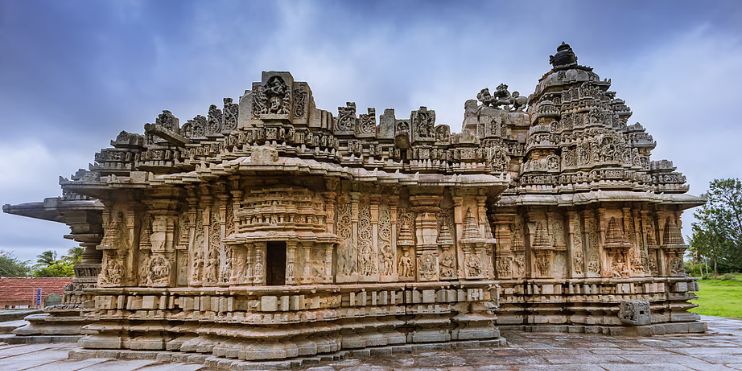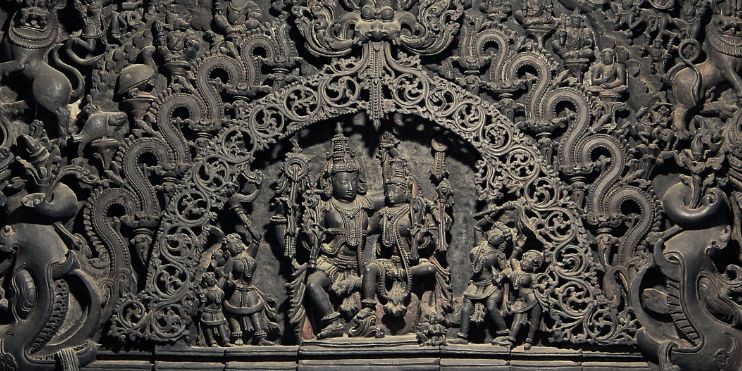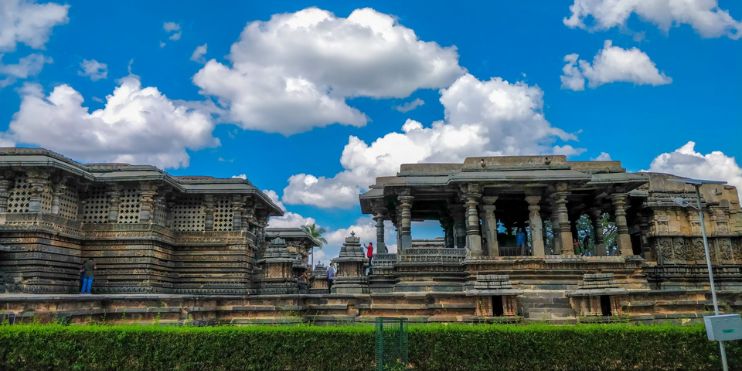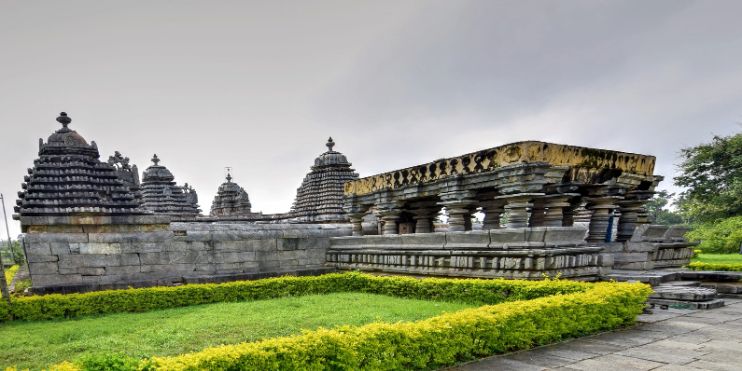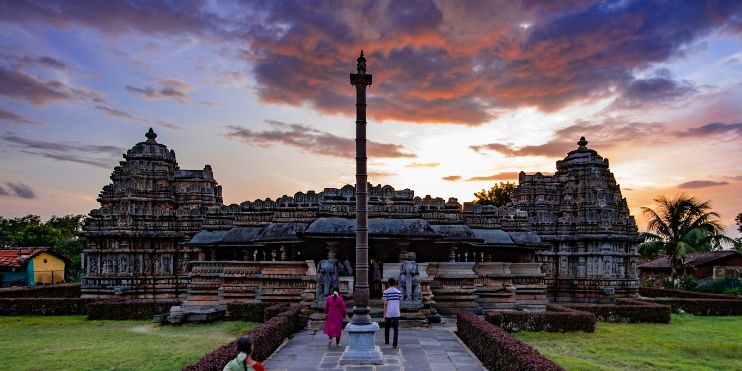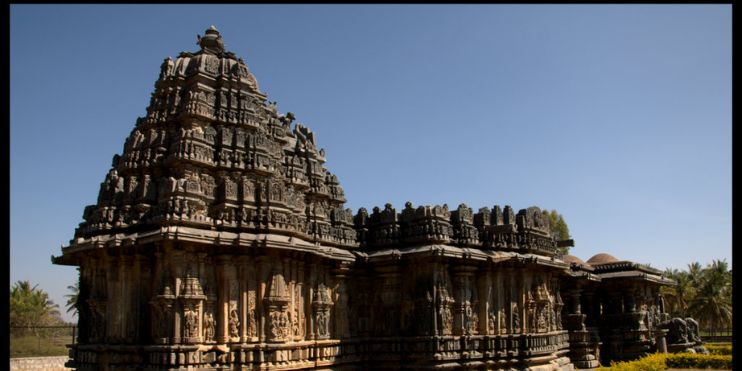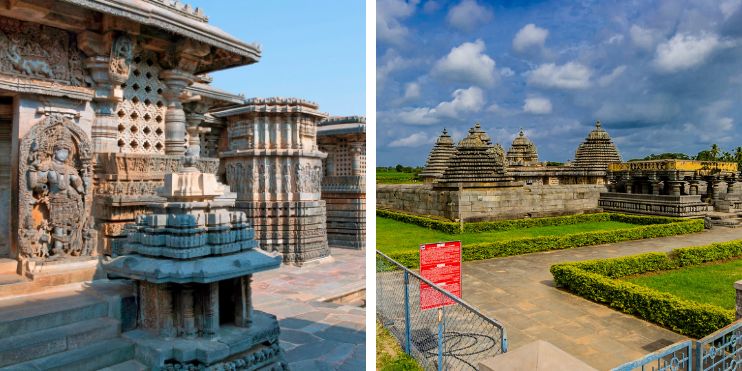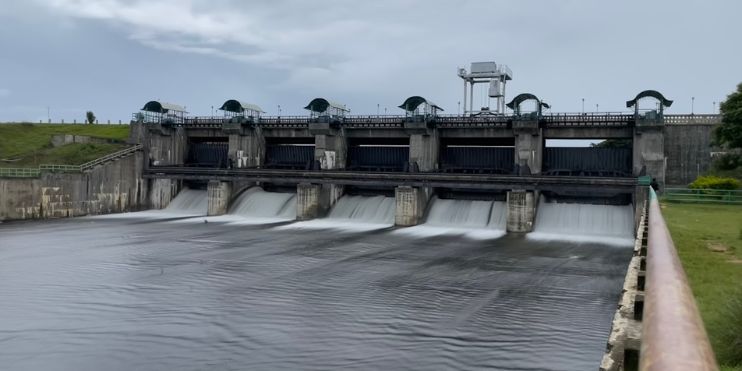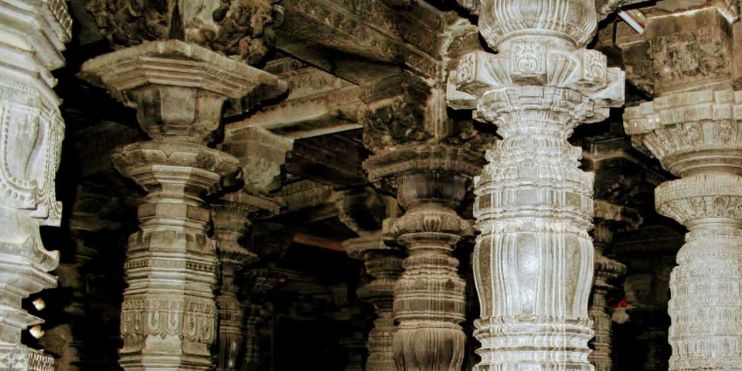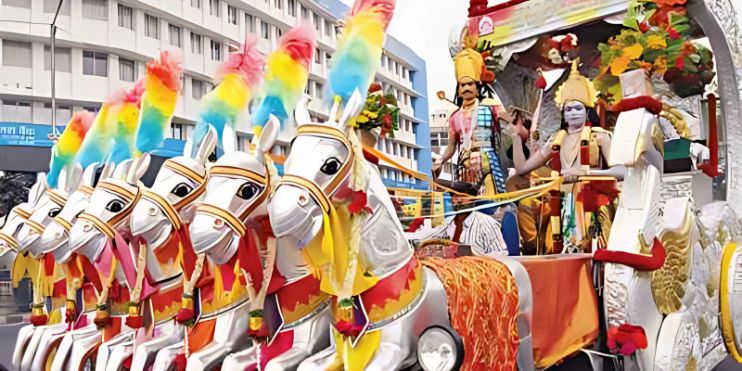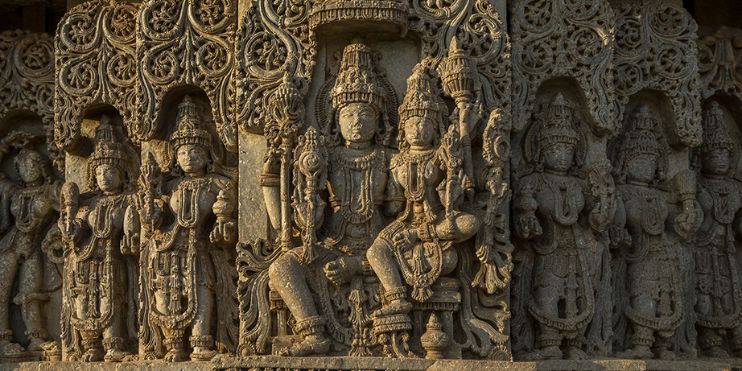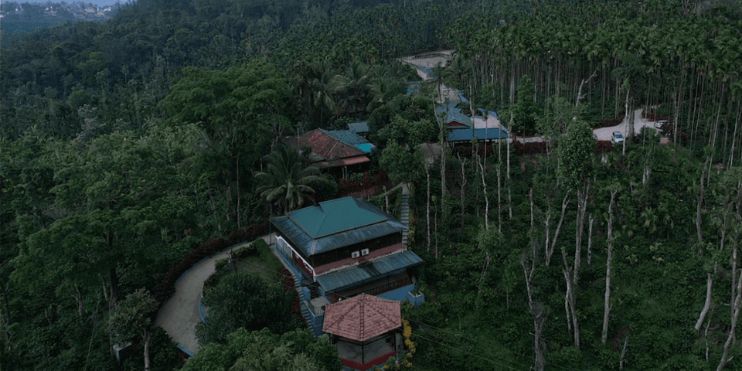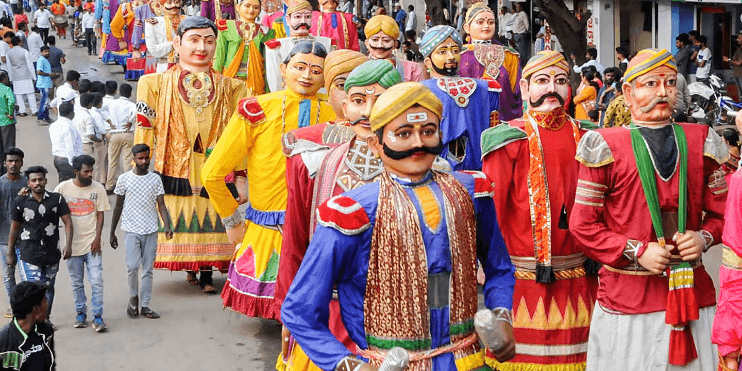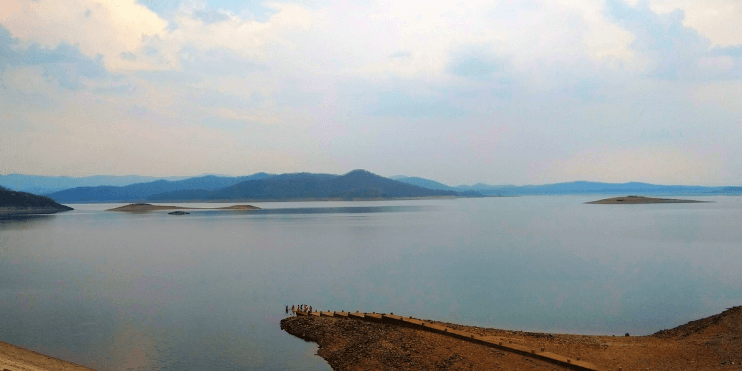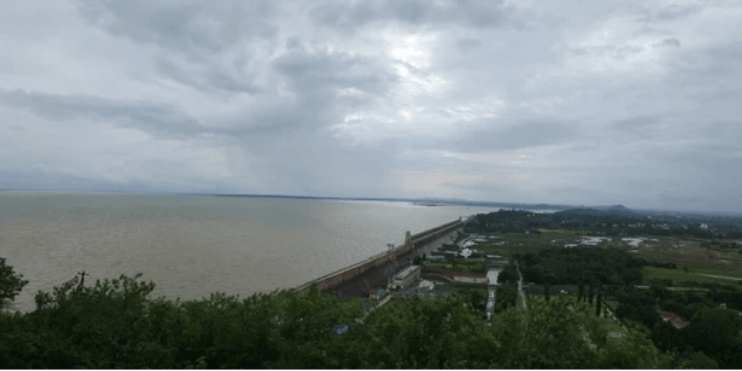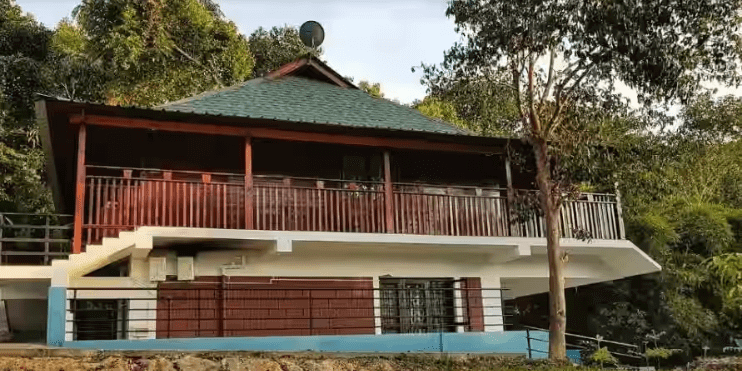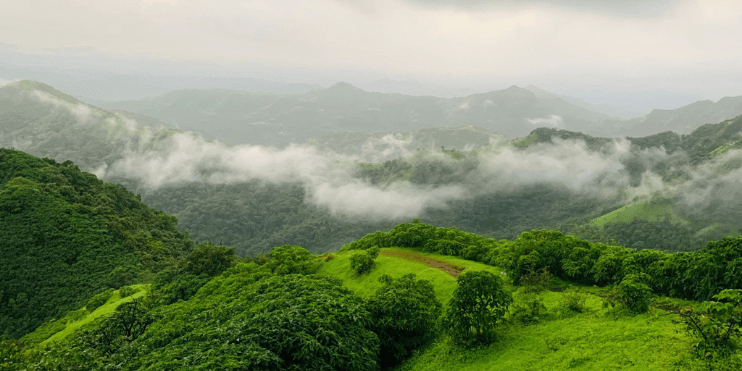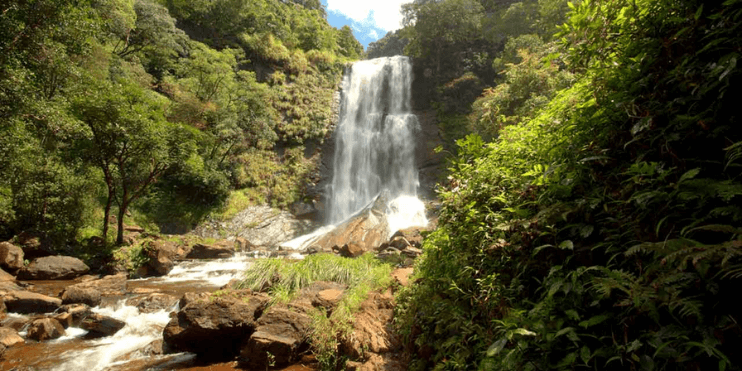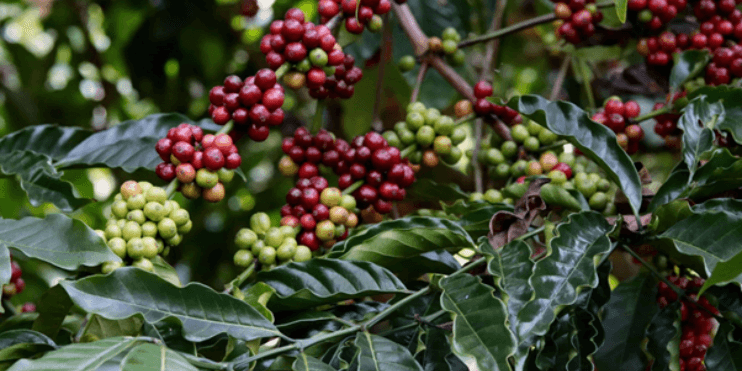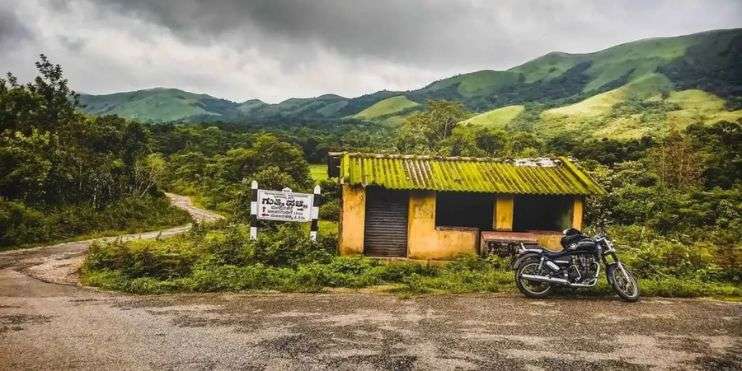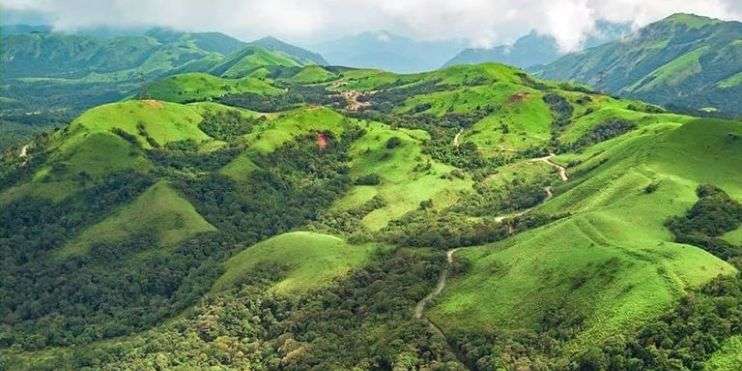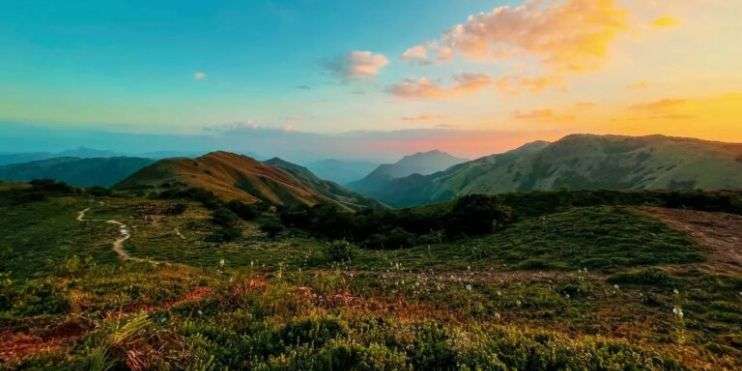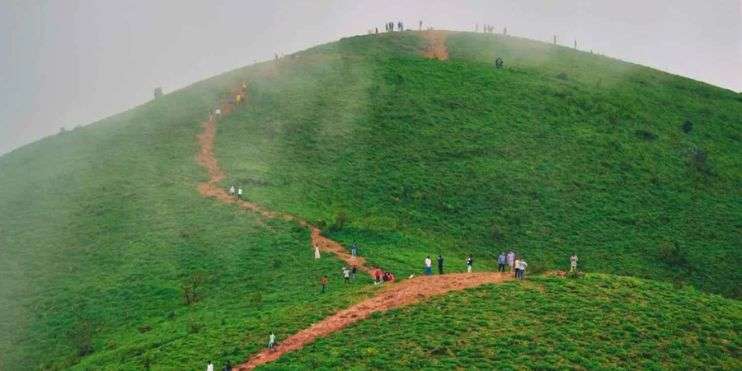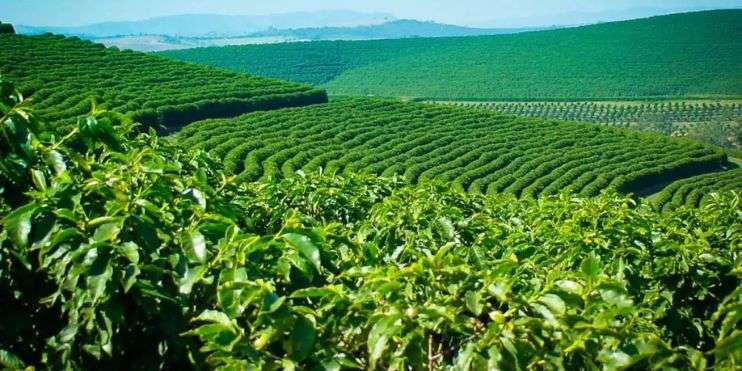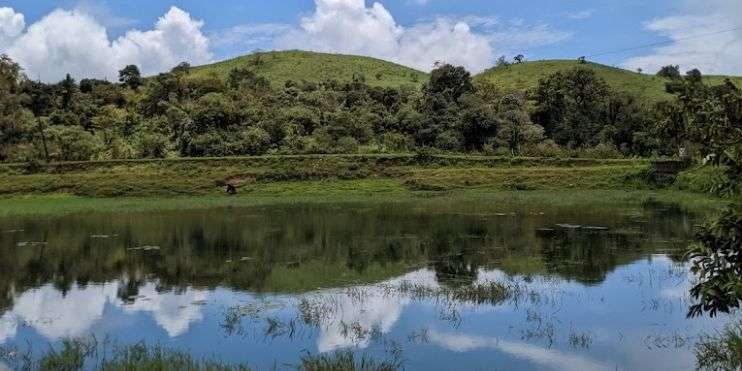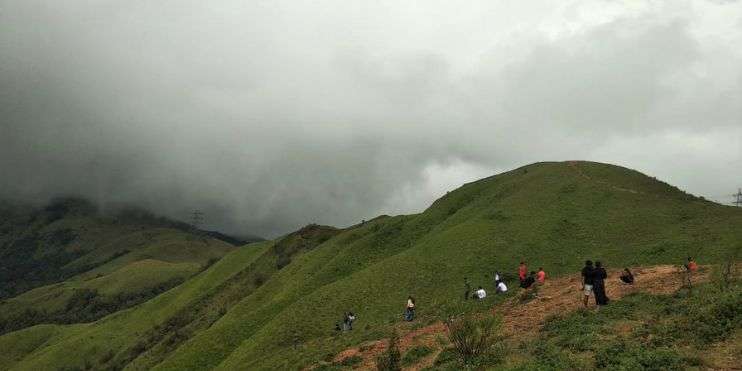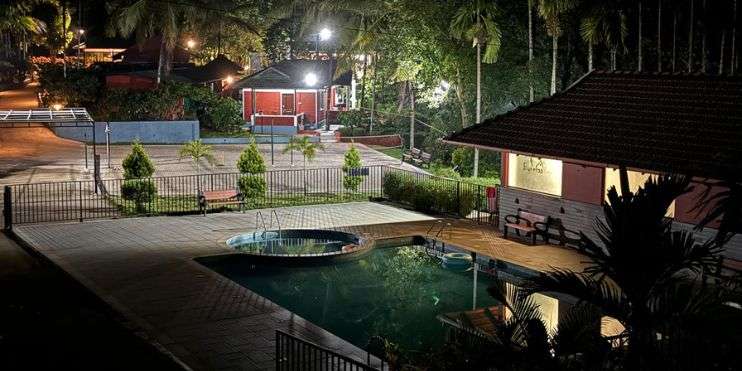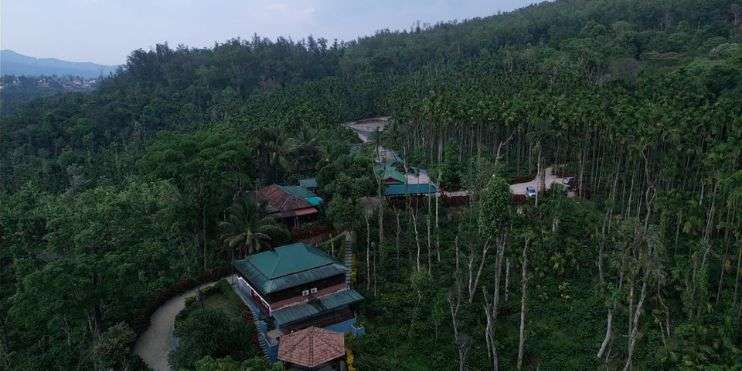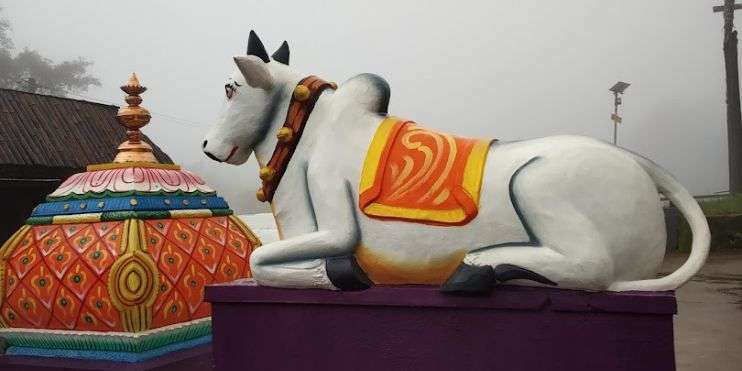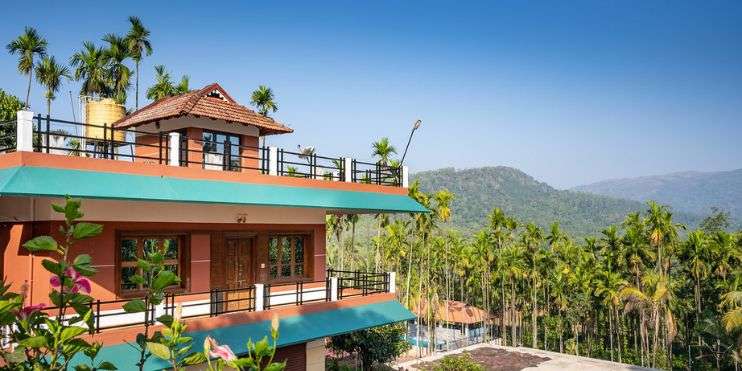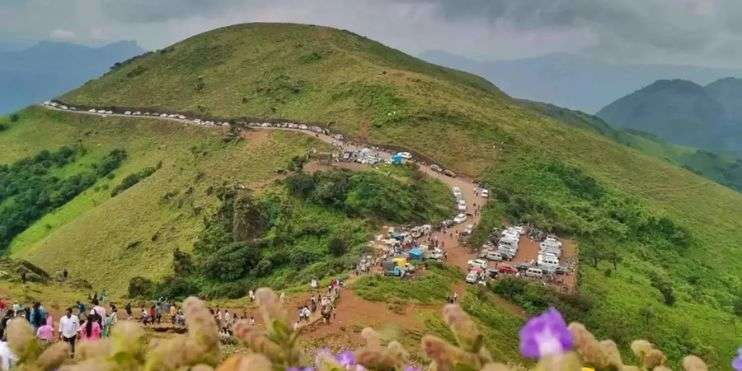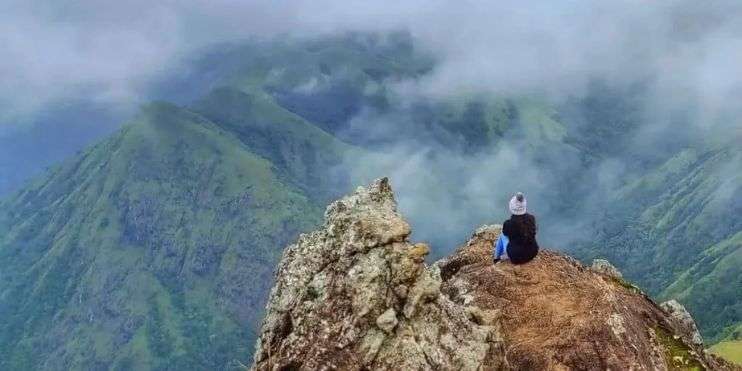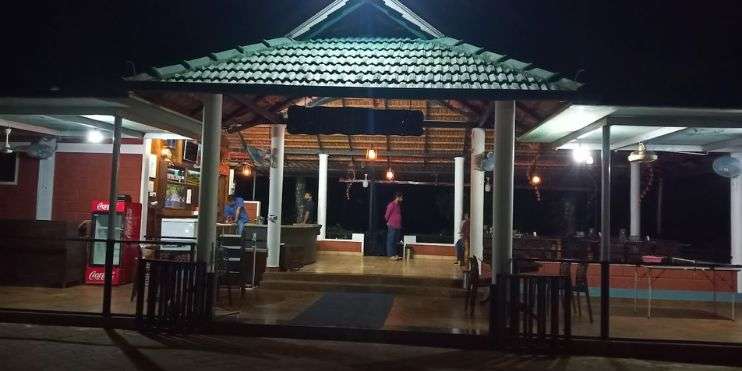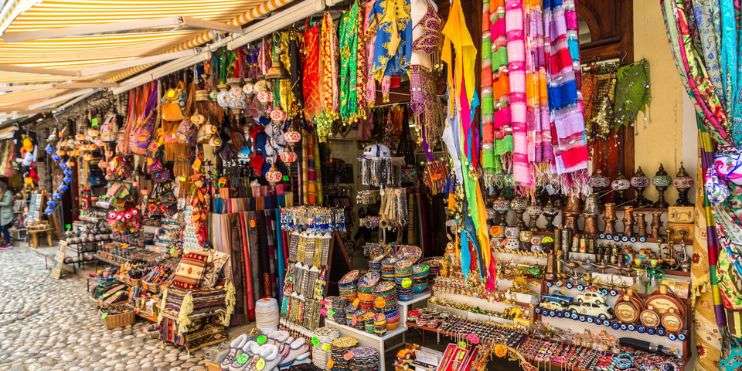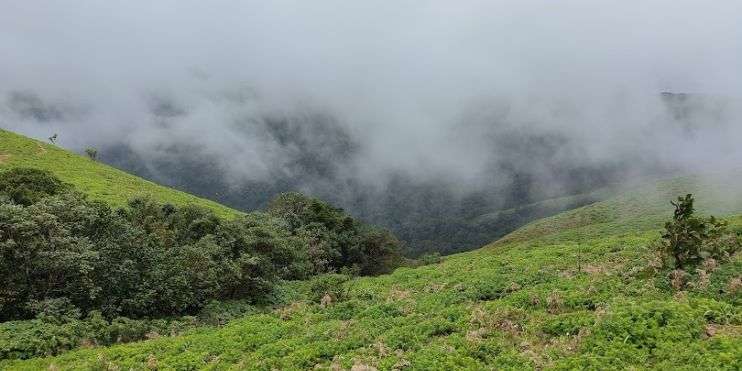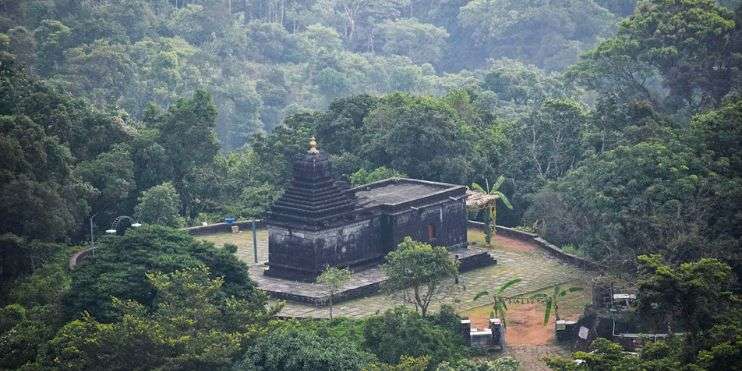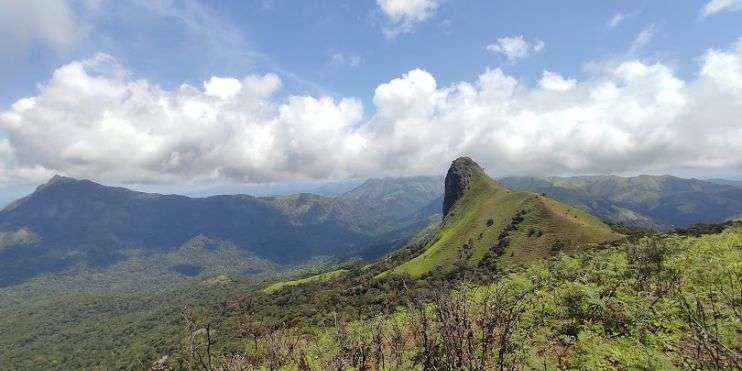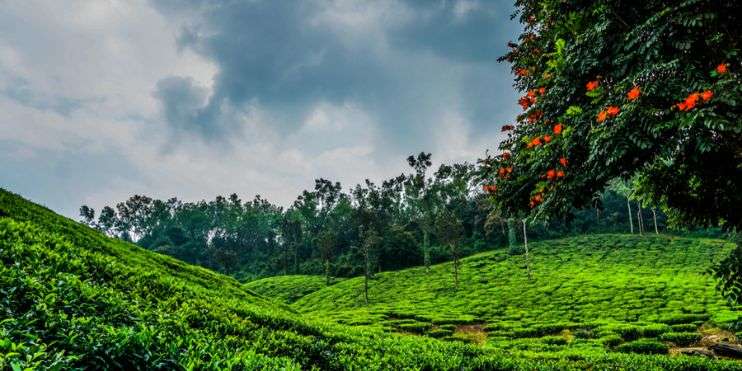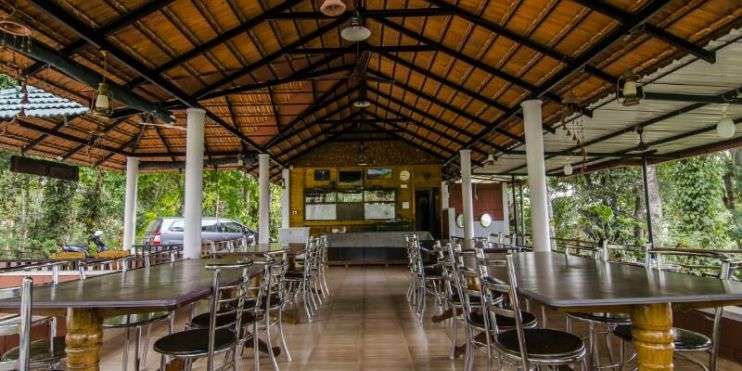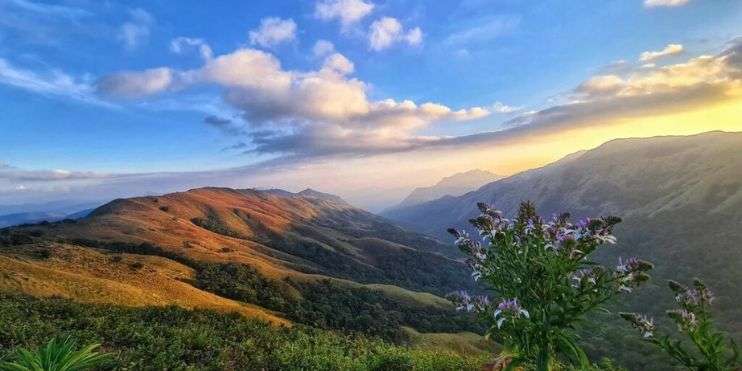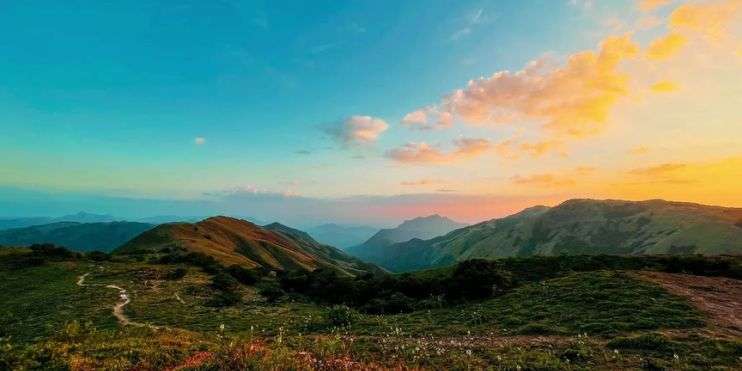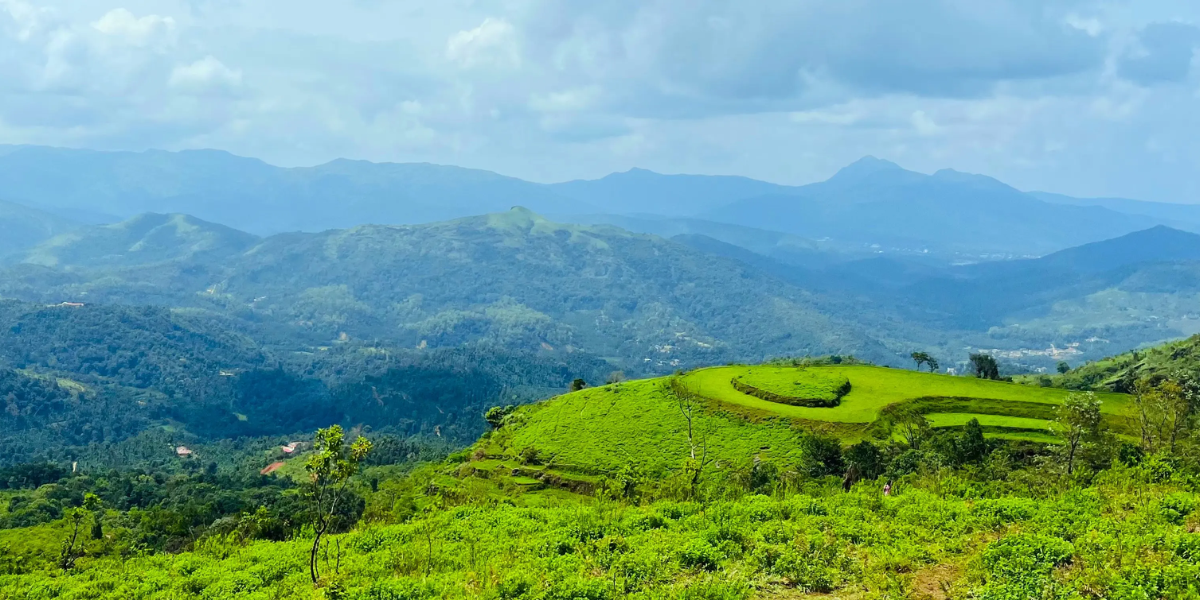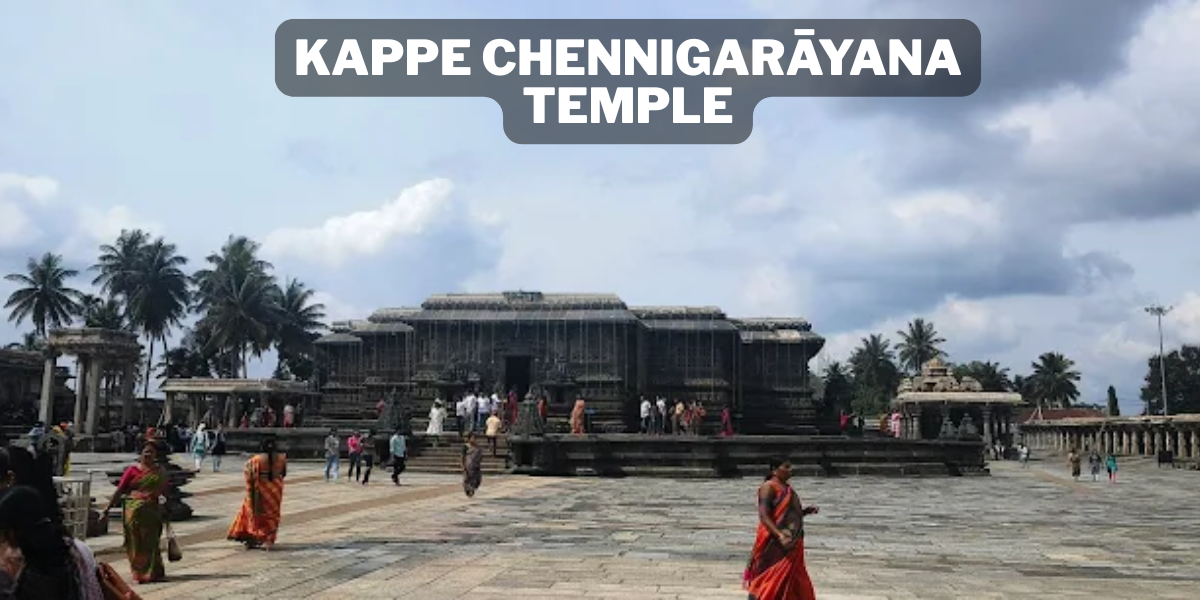Tucked away in the misty hills of Chikmagalur, Rangana Betta Chikmagalur is a lesser-known destination that’s slowly gaining attention among nature lovers and spiritual seekers. This little-known treasure presents a distinctive experience that fuses peaceful adventure, vibrant heritage, and stunning natural scenery.
Perfect for families, casual trekkers, and weekend travelers, Rangana Betta Chikmagalur is a welcome escape from the touristy chaos. With its mysterious cave temple, serene surroundings, and lush trails, it’s the kind of place that stays with you long after your visit.
Discovering Rangana Betta – Chikmagalur’s Best-Kept Secret
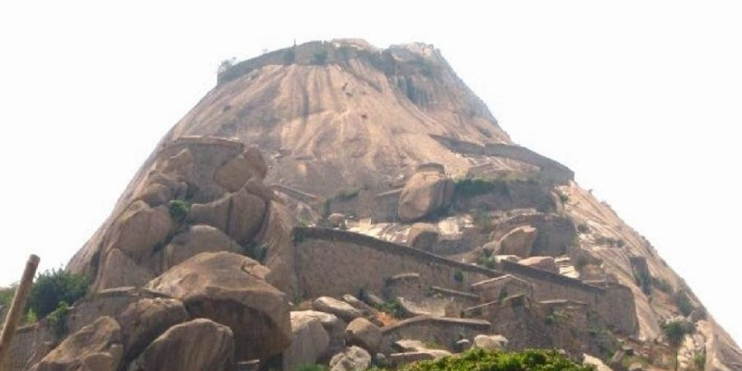
Not many have heard of it, but Rangana Betta Chikmagalur is quickly becoming a go-to spot for offbeat explorers. The hill stands quietly in the Western Ghats, home to a sacred cave temple nestled within its rocky slopes.
What Makes Rangana Betta Unique
One of the most remarkable aspects of this site is the cave temple in Chikmagalur that lies hidden within the rock face. Shrouded in mystery and devotion, it offers a peaceful experience far from the usual crowds.
What truly sets it apart is its lack of commercialization. Unlike the heavily visited viewpoints and temples around, Rangana Betta gives visitors space to explore, reflect, and connect with nature and spirit alike.
Who Should Visit Rangana Betta
Rangana Betta Chikmagalur is ideal for families looking to share a meaningful weekend, as well as trekkers seeking a moderate but scenic trail. It’s also a spiritual retreat for those curious about India’s quieter places of worship.
People from Bengaluru, Mysuru, and Mangaluru will find it a convenient and rewarding getaway. Whether you want a spiritual experience, a family trek, or just solitude, Rangana Betta fits the bill.
A Glimpse into the History of Rangana Betta Temple
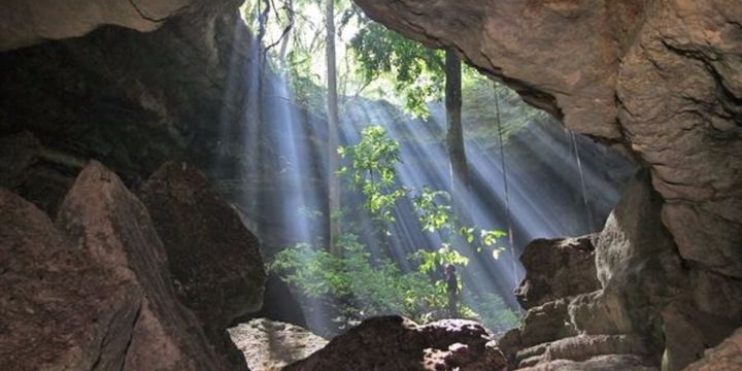
Beyond its natural beauty, the history of the Rangana Betta temple adds another layer of intrigue. Locals believe that the cave temple has roots in ancient Shaivite worship, and possibly even older traditions.
This quiet temple may not feature in textbooks, but its aura is undeniably old. The stone structure and placement within the cave hint at a sacred significance that has endured through the centuries.
Local Stories & Folklore
Villagers living nearby hold the temple in high regard, often visiting to offer prayers in silence. Some believe that the cave temple in Chikmagalur emits a unique energy and that wishes made here with pure intent are fulfilled.
Local folklore speaks of sages meditating in the cave and divine sightings over the years. These stories, passed down through generations, give Rangana Betta Chikmagalur a quiet cultural importance.
The Trekking Experience – Nature Meets Spirituality
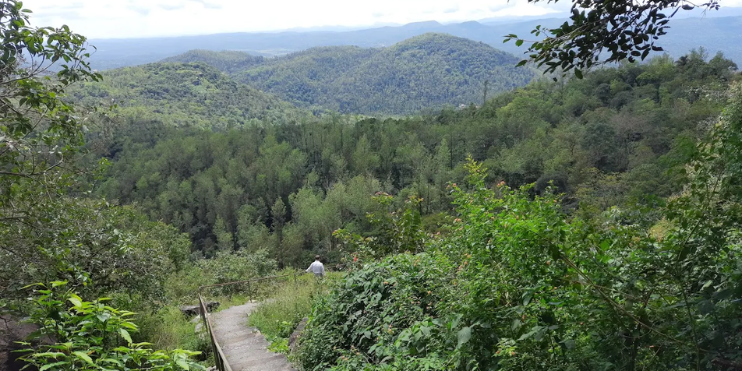
Trekking to Rangana Betta is as fulfilling as visiting the temple itself. The moderate trail winds through the green hills, offering sweeping views and cool forest air. This blend of trekking and spirituality is what makes the Rangana Betta trekking route so special.
Trek Details & Route Map
The Rangana Betta trekking route is moderate and family-friendly. It typically takes 1.5 to 2 hours one way, depending on pace and weather. The terrain is a mix of forest path, open hill, and rocky steps near the top.
There are several natural resting points along the trail, including shaded spots perfect for a quick picnic. While there’s no official route map, locals or resort staff can provide helpful guidance.
Flora, Fauna & Photography
During the trek, expect to see coffee plantations, birds, butterflies, and lush flora typical of the Western Ghats. Wildflowers bloom post-monsoon, making it a vibrant sight.
Photography lovers will find plenty of Instagram-worthy frames, especially at sunrise or misty afternoons. Every turn of the Rangana Betta trekking route offers a visual treat.
How to Reach Rangana Betta Cave Temple
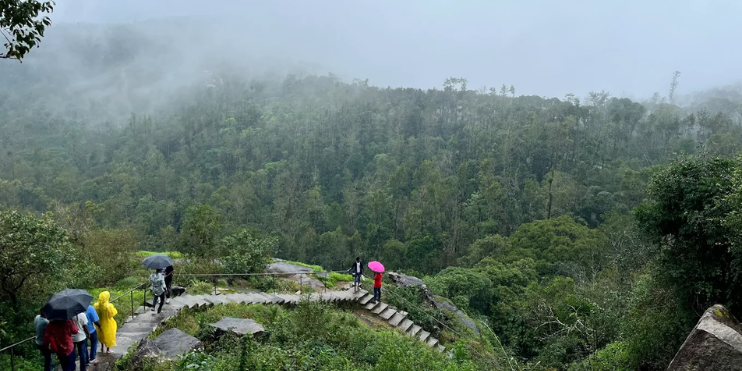
Getting to this hidden spot isn’t difficult, but it does require some planning. If you’re wondering how to reach Rangana Betta cave temple, here are your options from nearby cities:
- From Bengaluru: Approx. 270 km, around 6 hours by car via Hassan.
- From Mangaluru: Approx. 160 km, around 4 hours via Charmadi Ghat.
- From Chikmagalur Town: Approx. 45 km, about 1.5 hours by road.
Road Trip Tips
A road trip to Rangana Betta, Chikmagalur, is a delight in itself. The route passes through coffee estates and hilly roads. Carry enough fuel, water, and snacks. Make sure to leave early to enjoy the scenery in daylight.
Some popular food stops along the way include traditional eateries in Mudigere and Belur, offering authentic Malnad meals.
Parking & Local Facilities
There is basic parking available near the base of the trek. However, facilities like restrooms and eateries are minimal, so it’s best to come prepared.
Some nearby homestays and nature resorts, including Bynekaadu, offer washrooms and meals for day visitors. These can be a great base for those planning to explore Rangana Betta Chikmagalur.
Best Time to Visit Rangana Betta
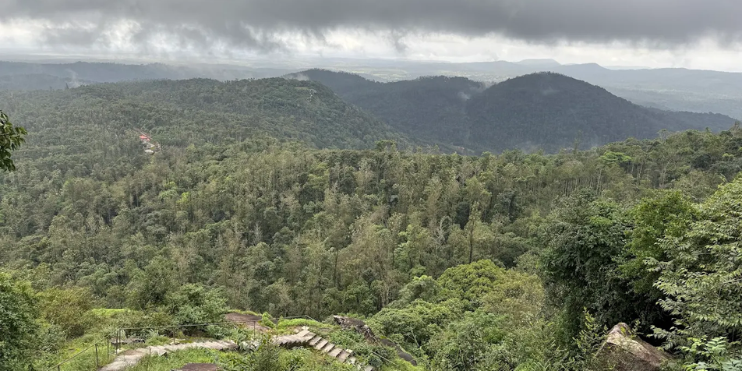
The best time to visit Rangana Betta is between September and February, when the weather is cool and the landscape is lush. This post-monsoon to early winter phase offers the most comfortable conditions for trekking and photography.
Seasonal Highlights
In the monsoon months (June to August), the hills are at their greenest, but trails can be slippery. Winter (December to February) brings clear skies and refreshing cold air—ideal for both trekking and temple visits.
Each season offers a unique charm. During the dry months, visibility is excellent for panoramic views, while the wet season creates a mystical, foggy experience.
Is Rangana Betta Worth Visiting?
With so much to offer, many ask: Is Rangana Betta worth visiting? Absolutely. It combines quiet beauty, a spiritual ambiance, and a moderate trekking challenge into a single destination.
Unlike the crowded Mullayanagiri or Baba Budangiri, this site lets you soak in nature without distraction. The serene cave temple in Chikmagalur adds meaning to the adventure.
Pros & Considerations
Pros:
- Solitude and peace
- A blend of nature and spirituality
- Moderate trek suitable for families
Considerations:
- Basic facilities
- Limited signage and commercial support
Still, for those who prefer untouched landscapes and deeper travel experiences, Rangana Betta Chikmagalur is a perfect fit.
Stay with Us at Bynekaadu – Your Nature Retreat Near Rangana Betta
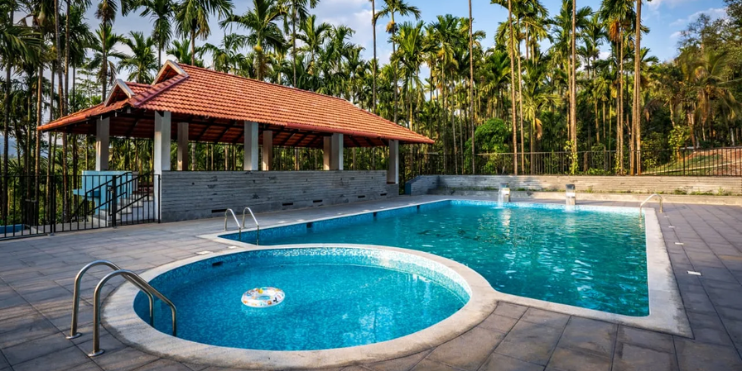
If you’re planning to visit Rangana Betta Chikmagalur, Bynekaadu Nature Resort is a perfect base. Located close to the hills, our property gives you front-row access to the stunning Western Ghats and is widely considered one of the best resorts in Chikmagalur for nature-focused travelers.
We offer peaceful stays in cozy cottages, complete with local cuisine and modern comforts, making us a top choice for anyone searching for a tranquil resort in Chikmagalur. Our team can help plan your trek and provide tips on the best time to visit Rangana Betta.
Why Guests Love Staying with Us
Guests often tell us how our tranquil setting helped them unwind before or after their trek. As a top-rated resort in Chikmagalur, Bynekaadu is designed for nature lovers and families who want to connect with the environment.
With warm hospitality, forest views, and bird calls to wake you up, it’s no surprise that many consider us among the best resorts in Chikmagalur for a peaceful and rejuvenating getaway.
Experience Nature the Bynekaadu Way
We believe that staying close to nature enriches the travel experience. Whether it’s sipping coffee on your cottage porch or hiking nearby trails, we help guests reconnect with the outdoors in ways that only the best getaways can. We pride ourselves on our focus on natural beauty and comfort, which makes us a top pick for anyone seeking a peaceful retreat in Chikmagalur.
With our knowledge of the Rangana Betta trekking route, we ensure your adventure is both safe and memorable, further solidifying our place among the best resorts in Chikmagalur.
Plan Your Rangana Betta Adventure with Us
Our team will guide you on how to reach Rangana Betta cave temple, offer maps and suggestions, and even help you explore other nearby spots like Mullayanagiri or Bhadra Wildlife Sanctuary. Choosing to stay with us ensures you’ll benefit from our insider knowledge and the personalized care that sets us apart as a leading resort in Chikmagalur.
From directions to packed lunches, we’ve got you covered—just one of the reasons guests consider Bynekaadu among the best resorts in Chikmagalur for nature-centric adventures.
Final Tips for Planning Your Visit
Before you set out, keep these essentials in mind:
- Wear sturdy shoes and carry water
- Keep a light backpack with snacks, a rain cover, and a basic first-aid kit
- Bring a flashlight for the cave
- Respect local customs at the cave temple in Chikmagalur
- Avoid littering and travel eco-consciously
Families will find the trail manageable for kids above 6 and elders with moderate fitness. The terrain is gentle but requires focus.
Conclusion
Rangana Betta Chikmagalur stands out as a serene blend of spiritual heritage, scenic trekking, and untouched natural beauty. From its mystical cave temple and captivating legends to its moderate trails and Instagram-worthy landscapes, every element adds depth to your travel experience. Whether you’re a weekend traveler, a spiritual seeker, or a trekking enthusiast, this hidden gem in the Western Ghats has something meaningful to offer.
Plan your visit with care—pick the best time to visit Rangana Betta, understand how to reach Rangana Betta cave temple, and stay at a quality resort in Chikmagalur like Bynekaadu for a complete and enriching trip. It’s a destination that truly answers the question: Is Rangana Betta worth visiting? With a confident yes.
Stay at Bynekaadu Nature Resort for a peaceful escape into the heart of Chikmagalur. Book now and experience why guests consider us one of the best resorts in Chikmagalur.

